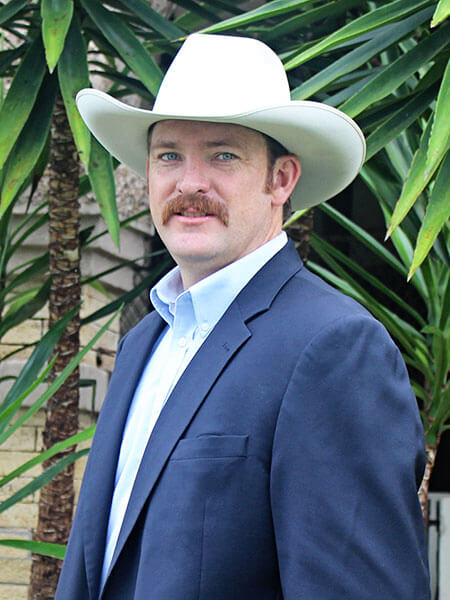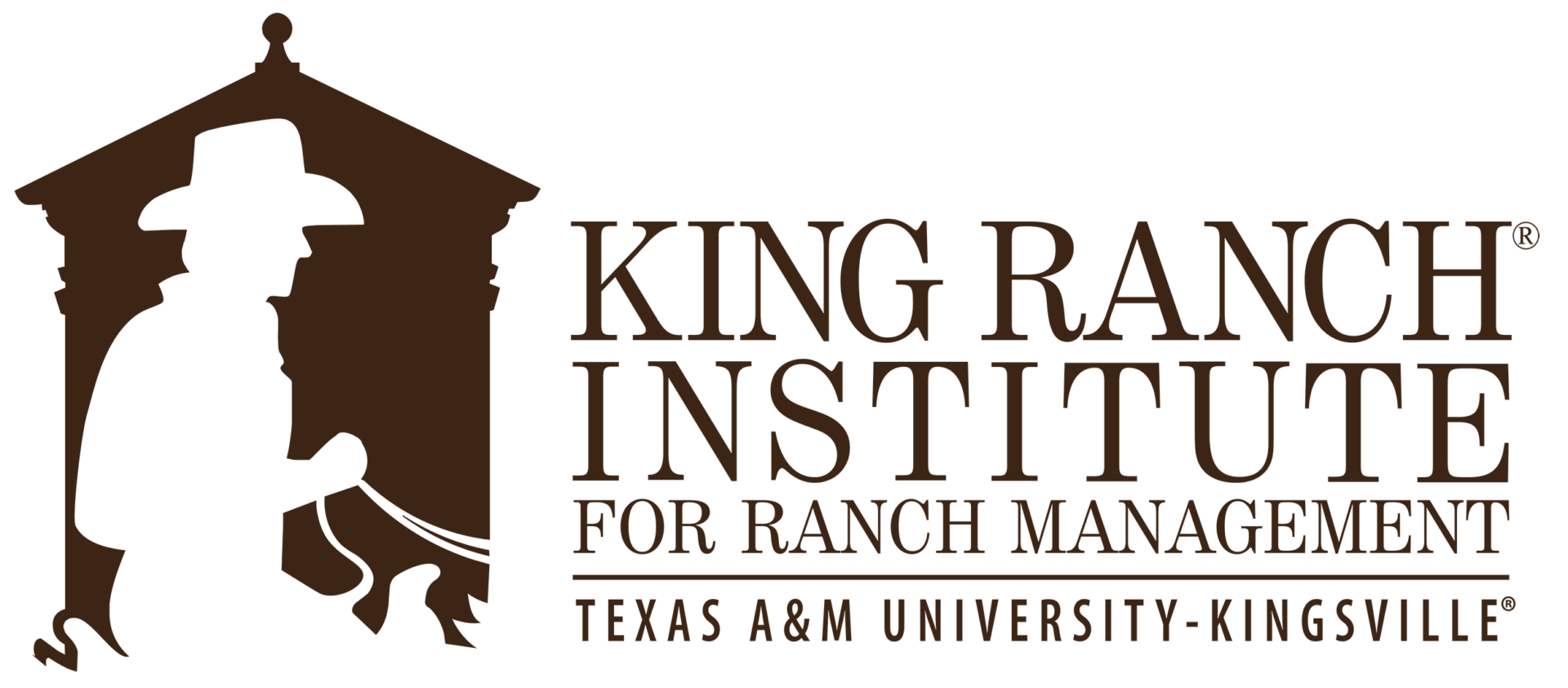
James Stuart was raised in Virginia, Idaho, a small agricultural community located in the south eastern corner of the state. At a young age he began to learn and love the rewards of hard work from time spent in the outdoors. His love for being horseback was spurred by his grandmother and mother’s shared passion. At 10-years-old, Stuart started working for Richard Christensen, farming and raising a handful of colts each year. As Christensen’s health weakened, he taught valuable life lessons in return for Stuart’s youth and ambition. Stuart continued to use Richard’s line of horses on ranches over the years.
After graduation, Stuart served a two-year church mission in Tijuana, Mexico. He learned the language and loved the people he served; his Spanish still comes in useful.
Shortly after the return to the states, Stuart married his wife, Kendra, whom he grew up with. On their honeymoon they moved to the 200,000-acre Black Pine Ranch in Malta, Idaho, that he had day-worked as a youth. Stuart had many mentors at the ranch who were patient and willing to teach him the art of range and cattle management. The desire to learn and progress increased, and Stuart enrolled in the rangeland resource management program at Utah State University in the fall of 2002.
Throughout his five years at Utah State University, Stuart was introduced to the principles of B.E.H.A.V.E. Working with the group of researchers, educators, and professionals in the fields of agriculture, natural resource management, and behavior was a great experience. Stuart was able to make connections from the research he participated in and real life observations.
During summer breaks from classwork, Stuart’s growing family moved to different ranches and projects observing and learning from different ecosystems, management styles, and social circles. During his last year of school, Stuart grew with the opportunity to serve in student government as the elected College of Natural Resource Senator.
After college graduation, Stuart returned to manage the Sun Ranch near Ennis, Montana, where he worked the previous summer. The 26,000-acre Sun Ranch located in the Madison Valley was a custom grazing outfit where as many as 2,600 head of cattle would graze at different times from May to December. Being introduced to ranching with wolves and bears was a learning curve, as it addressed social, economic, and environmental aspects of the bottom line. While on the Sun Ranch, Stuart participated in the planning of many projects including range improvements, public and outfitted hunting, community working groups, and the first large scale ranch to be involved in carbon sequestration.
The Sun Ranch sold in the spring of 2010, and the Stuart family moved near Meeteetse, Wyoming, to manage the 30,000-acre 91 Ranch. Efforts to create a viable business gave Stuart and his wife the opportunity to grow and develop a herd of 600 mother cows, implement an A.I. program with heifer development, and start a cross breeding program. They also cleaned and restored some of the ranch facilities, replanted hay meadows, and built stock water improvements along with cross fencing. During the nearly five-year period, Stuart also became an outfitter, building a successful hunting business on the ranch. Wolves, Grizzly bears, and large populations of wildlife continued to test the ability to adapt and grow in the process.
With the goal of progression, Stuart and his family left the 91 Ranch with the King Ranch® Institute in sight, and six months to returning to school, he took a consulting job in Avon, Utah. The 140-head cattle operation was very different from what the Stuart family had grown accustomed to over the years, but proved to be valuable in the preparation and growth process.
James is the ranch manager of Fort Union Ranch in New Mexico.
